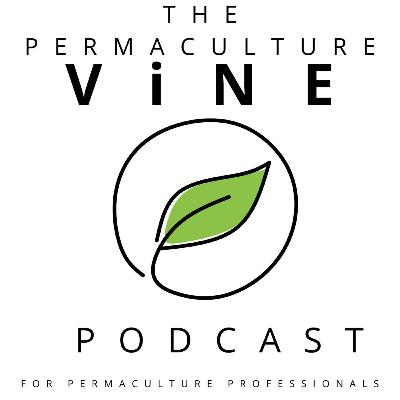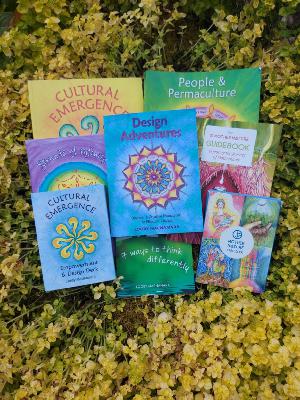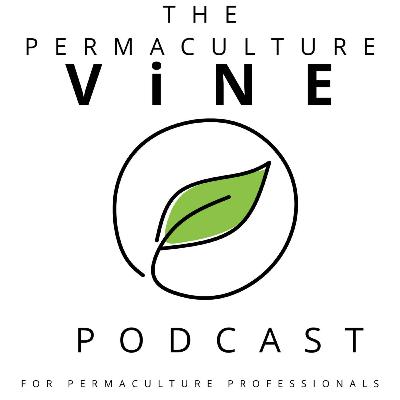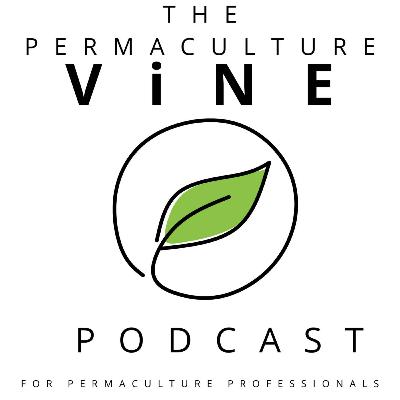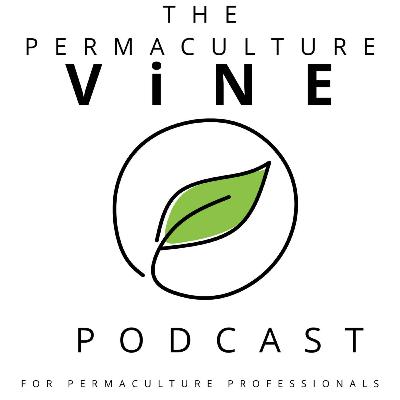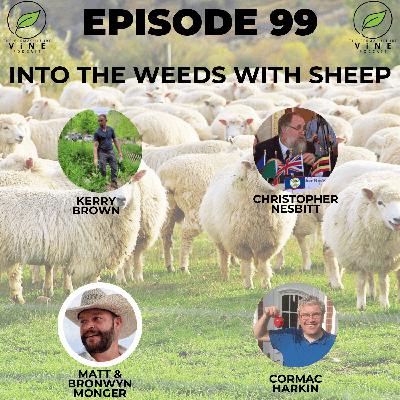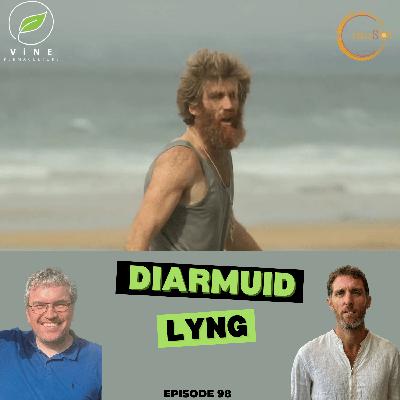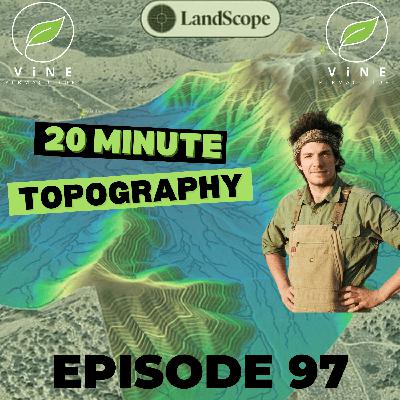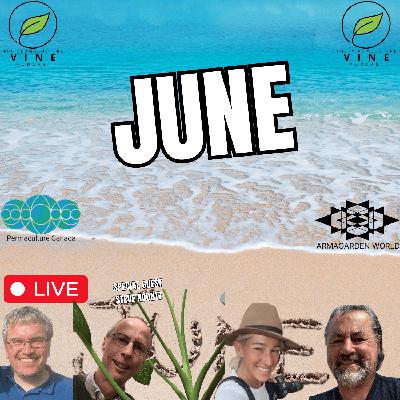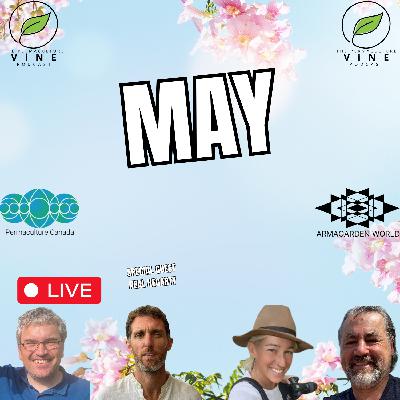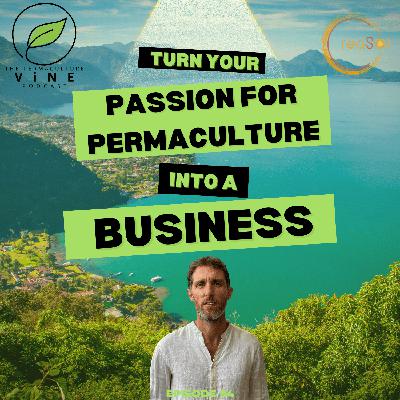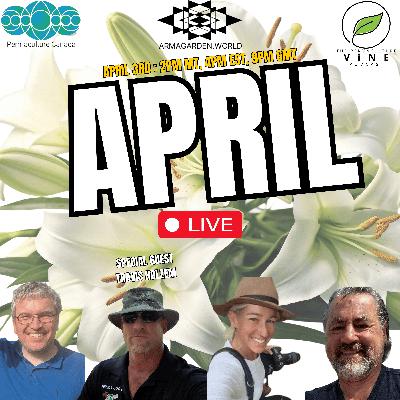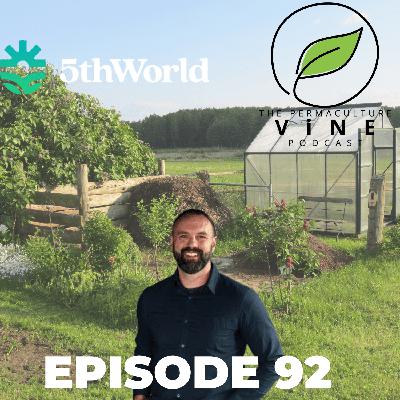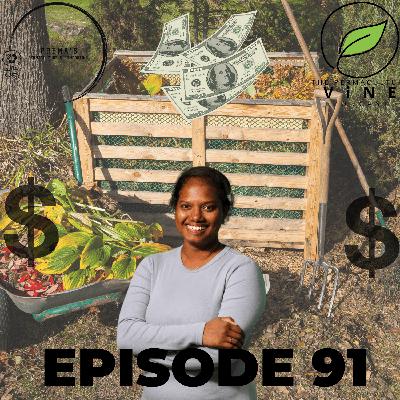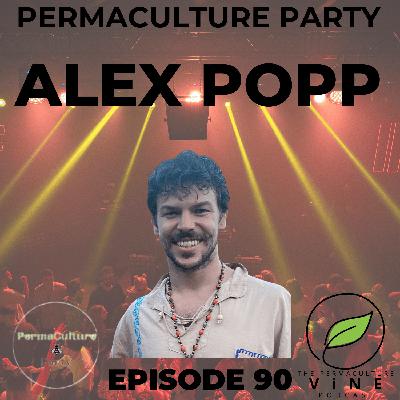109. From Medical Doctors to Permaculture Practitioners: The Thistle Thorne Story
Description
The Unexpected Path to Permaculture
Not every permaculture journey starts in a garden. For Marina and Alexander, founders of Thistle Thorne Permaculture, it began in the sterile halls of medicine—with a growing sense that something was missing.
As Marina recalls, “After we were already medical doctors, we were unsatisfied with our career. And we wanted something that we could really dedicate our lives to that was meaningful.”
Alexander’s search for meaning led him down an unexpected path. “I was searching about health and the systematic or universal aspects of health. And I came across about these discussions and research about soil health and human health.”
This curiosity introduced him to Masanobu Fukuoka, the Japanese farmer and philosopher whose revolutionary “One Straw Revolution” challenged everything he thought he knew about agriculture.
“I read his books and I was amazed. And I was wondering, like, that’s amazing. How can we go? How can I do it?”
Fukuoka’s work opened the door, but it was Bill Mollison’s comprehensive permaculture texts that provided the roadmap. “When I researched further, I found Bill Mollison’s book. Because Bill Mollison, especially in introduction in Permaculture 2 and 1, he talks a lot about Fukuoka,” Alexander explains.
Soon they were watching recordings from 2002: “There is an old PDC course recorded by Bill Mollison and Geoff Lawton. Yeah, with a young Geoff Lawton. And we did this course first.”
The couple made a decision that would change everything: they would leave medicine behind and become permaculturists.
Education and Reality
Marina and Alexander enrolled in Geoff Lawton’s year-long online PDC course. While they found it valuable, they quickly realized something crucial about the limitations of theoretical learning.
“We did the online PDC one year course. It was very, very good. Like we learned a lot,” Marina shares. “Maybe we had another expectation. We thought it would be more practical, but it’s very theoretical and very based on the book.”
She continues, “We really think that you can only understand the important points when you really need theory in daily life. So we really had clear to us that we should start something so that we could really learn.”
This realization led them to Austria for a three-month internship at what they believed would be a permaculture farm. The experience proved eye-opening—but not in the way they expected.
“Actually when we came there, it was really organic, but it was not permaculture anymore,” Marina explains. “The owners, they did a permaculture course a long time ago and they didn’t implement actually many, many permaculture principles.”
Fresh from their PDC training, Marina and Alexander could see countless opportunities. “As the course, the PDC was so fresh in our heads, we could see so many opportunities to implement permaculture systems.”
Marina reflects on the experience: “They had so much work that in our vision was unnecessary and they could really implement systems that would work for itself like flywheels.”
The experience taught them a valuable lesson about resistance to change in traditional farming communities. As Alexander observed, “We learned that people from the countryside, they are very rooted in old ways. So many times they have difficulty to break free from these old patterns.”
Rather than seeing this as a setback, the couple recognized an opportunity. “Then we decided, OK, maybe we need to do our own stuff. Like we don’t have to wait for someone to do it so that we can learn. We can just start by ourselves,” Marina concludes.
The Backyard Revolution
After their internship, Marina and Alexander faced a practical question. “That takes us to a very important question, like how do you afford life while you change careers and plans,” Alexander notes. “Of course, we had like savings from our previous life and we had a plan, like if we needed to, we would search for a part-time job.”
More importantly, they had to decide their focus. “We were thinking about how do we want to go about permaculture,” Alexander recalls, listing various possibilities from conservation to large-scale farming.
“But we decided to go about the backyard,” he states simply.
Why backyards? “We based on Bill Mollison and Geoff Lotto as well, they say basically that backyards are a golden opportunity. Like they start with small trials and expand.”
The couple had learned about research supporting this approach. As Alexander explains, “There is this research about how productive a site is. And they found out that between, I think, 100 meters and 5,000... they say that’s the most productive size of a farm because you can have the input, the human input, to create the interaction, interactions between the elements, to multiply the yield.”
Marina adds context about their philosophy: “Like we see the garden as an ecology that sustains itself and it’s like a modular element. And if you think of a farm, like many modular elements together that are all self-sustaining, you can make like a wonderful project.”
They even reference Fukuoka’s claims: “Fukuoka said in his book that 200 square meters is enough to feed one person,” though Alexander notes, “it’s a very specific system, like with rice and like this Japanese style.”
For over two years now, they’ve been practicing what they preach. Marina emphasizes this point: “Since the beginning we we knew that we had to do it for ourselves so that we know that it works and that we can tell how people can do this. And then that’s why we like since the beginning since we moved here we found a place to garden here and we did our own garden.”
She continues: “This is already like more than two years that we’ve been gardening for ourselves, raising all the seedlings, making all the compost, all the mulch, all the design, like planting the trees, perennials, everything that we talk about in our newsletter, we do for ourselves.”
“Our own little small gardens have revolutionized our lives,” Marina reflects.
Building Community on X (Twitter)
The couple chose to build their platform on X (formerly Twitter), where they actively share their gardening experiences and permaculture insights at @ThistleThorn_TT.
“For example, now we have as our social media, we’re a lot on Twitter and we post a lot about our own gardens also there,” Marina explains. “This is our case study for all that we talk about in our newsletter.”
Looking ahead, Marina shares their expansion plans: “We are really planning soon to start a YouTube channel. We have a project for next year to implement a new home garden for someone we know here in the region so we are really planning to start a Youtube channel to show how we will start from point zero like how to start a backyard.”
The Newsletter: Recipes for Regeneration
At the heart of their work is the Thistle Thorne Permaculture newsletter, where they share practical, step-by-step guidance.
“We start the newsletter... as a meta for a business model, how to reach people, how to serve people,” Alexander explains.
The approach is deliberately practical. “We decided to start a newsletter to talk about, to write and show people how to do it in an easy way, pragmatic way, like a recipe. Like you have a base recipe that you can try and it’s proven because someone did it. And based on that, you learn the principles and iterate on top of that, like an experiment.”
Their teaching philosophy emerged from gaps they discovered in their own learning. Alexander shares an important realization: “We noticed that in Bill Mollison’s book, I think there are some stuff that for them it’s obvious... And for them, it’s very obvious. But for someone who comes from the city, it’s not obvious.”
Marina illustrates with examples: “Like, how do I pick up a small plant? Or how do I harvest plants? How do I prune a tree or... How do I mulch? Like, okay, so I just cut some grass and is that mulch? Like, what should I do?”
Alexander uses an analogy to drive the point home: “That is, like, very complete. Very nice. Just like this, like, basic... Like, basic in the sense, like really the first steps... Like for example, when you learn how to drive and, oh, turn on the car, like, oh, but how, how do you do that?”
Living in Austria’s Dairy Country
Marina and Alexander settled in Vorarlberg, Austria’s westernmost state. “We now live are based in Austria. We live here,” they explain in their introduction.
The region has a unique agricultural character. “We live in the state of Vorarlberg. This is in the region where it’s share the limits with Switzerland, Germany and Italy. It’s the West side. It’s a mostly rural area with a lot of milk production and cheese,” Alexander describes.
Marina adds with a laugh: “It’s funny here because they have a really strong milk culture and cheese culture. And grass culture. And grass, yeah, of course. But I think like 90% of the production, like food production is milk and cheese. Here. And 10% is everything else.”
While this monoculture mindset presents challenges, it also offers unexpected benefits. “We were really looking for a healthy environment for ourselves and for our gardens. And this is a place we really can’t say anything about because water is amazing. We drink tap water, it’s the best water we’ve ever had. The air is amazing,” Marina enthuses.
Alexander explains why: “They really don’t use pesticides because of the cows. Of course, they fertilize the grass and so, but with manure.”
The region’s dairy focus has also sparked innovative thinking. Alexander shares an interesting statistic: “I think 90% or 99% of the cheese produce in Europe comes from milk, from cows, of course, that are given silage... Only 10% or 1% of the mi

